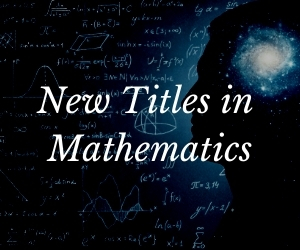System Upgrade on Tue, May 28th, 2024 at 2am (EDT)
Existing users will be able to log into the site and access content. However, E-commerce and registration of new users may not be available for up to 12 hours.For online purchase, please visit us again. Contact us at customercare@wspc.com for any enquiries.
This volume is representative of the work of Chinese probabilitists on probability theory and its applications in physics. Many interesting results of Jump Markov Processes are discussed, and a very fashionable new class of Markov processes — Markov interacting processes with noncompact states, including the important Schlögl model taken from statistical physics, is also considered. The main body of this book is self-contained and can be used in a course on “Stochastic Processes” for graduate students.
Sample Chapter(s)
Starting From Markov Chains An Overview of the Book (738 KB)
Contents:
- Starting from Markov Chains. An Overview of the Book
- General Jump Processes:
- Transition Function and its Laplace Transform
- Existence and Simple Constructions of Jump Processes
- Uniqueness Criteria
- Recurrence, Ergodicity and Invariant Measures
- Probability Metrics and Coupling Methods
- Symmetrizable Jump Processes:
- Symmetriz-able Jump Processes and Dirichlet Forms
- Field Theory
- Large Deviations
- Spectral Gap
- Equilibrium Particle Systems:
- Random Fields
- Reversible Spin Processes and Exclusion Processes
- Yang-Mills Lattice Fields
- Non-Equilibrium Particle Systems:
- Constructions of the Processes
- Existence of the Stationery Distributions and Ergodicity
- Phase Transitions
- Hydrodynamic Limits
Readership: Mathematicians, researchers in probability, physicists and graduate students in related fields.

























